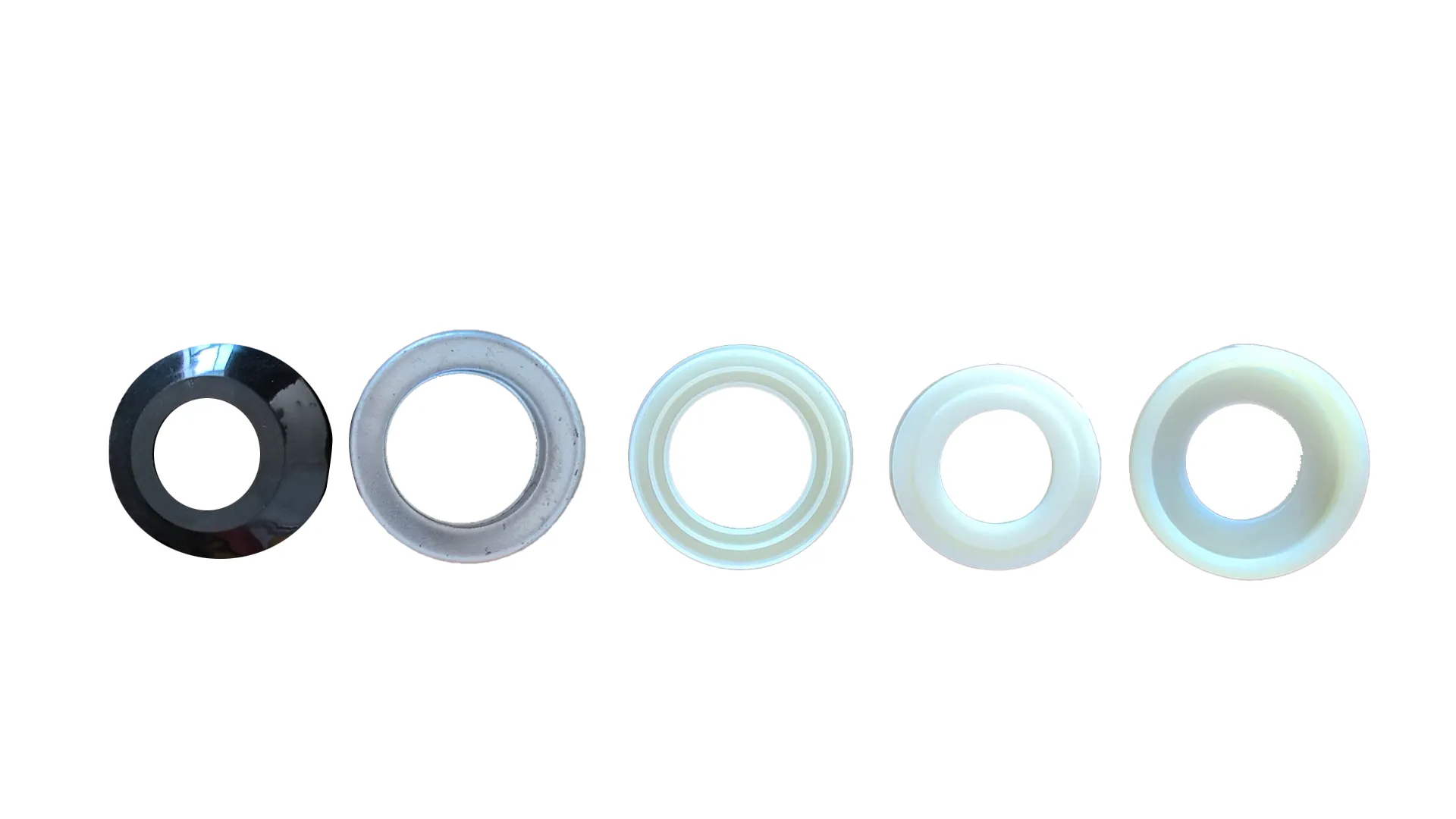 Afrikaans
Afrikaans  Albanian
Albanian  Amharic
Amharic  Arabic
Arabic  Armenian
Armenian  Azerbaijani
Azerbaijani  Basque
Basque  Belarusian
Belarusian  Bengali
Bengali  Bosnian
Bosnian  Bulgarian
Bulgarian  Catalan
Catalan  Cebuano
Cebuano  Corsican
Corsican  Croatian
Croatian  Czech
Czech  Danish
Danish  Dutch
Dutch  English
English  Esperanto
Esperanto  Estonian
Estonian  Finnish
Finnish  French
French  Frisian
Frisian  Galician
Galician  Georgian
Georgian  German
German  Greek
Greek  Gujarati
Gujarati  Haitian Creole
Haitian Creole  hausa
hausa  hawaiian
hawaiian  Hebrew
Hebrew  Hindi
Hindi  Miao
Miao  Hungarian
Hungarian  Icelandic
Icelandic  igbo
igbo  Indonesian
Indonesian  irish
irish  Italian
Italian  Japanese
Japanese  Javanese
Javanese  Kannada
Kannada  kazakh
kazakh  Khmer
Khmer  Rwandese
Rwandese  Korean
Korean  Kurdish
Kurdish  Kyrgyz
Kyrgyz  Lao
Lao  Latin
Latin  Latvian
Latvian  Lithuanian
Lithuanian  Luxembourgish
Luxembourgish  Macedonian
Macedonian  Malgashi
Malgashi  Malay
Malay  Malayalam
Malayalam  Maltese
Maltese  Maori
Maori  Marathi
Marathi  Mongolian
Mongolian  Myanmar
Myanmar  Nepali
Nepali  Norwegian
Norwegian  Norwegian
Norwegian  Occitan
Occitan  Pashto
Pashto  Persian
Persian  Polish
Polish  Portuguese
Portuguese  Punjabi
Punjabi  Romanian
Romanian  Russian
Russian  Samoan
Samoan  Scottish Gaelic
Scottish Gaelic  Serbian
Serbian  Sesotho
Sesotho  Shona
Shona  Sindhi
Sindhi  Sinhala
Sinhala  Slovak
Slovak  Slovenian
Slovenian  Somali
Somali  Spanish
Spanish  Sundanese
Sundanese  Swahili
Swahili  Swedish
Swedish  Tagalog
Tagalog  Tajik
Tajik  Tamil
Tamil  Tatar
Tatar  Telugu
Telugu  Thai
Thai  Turkish
Turkish  Turkmen
Turkmen  Ukrainian
Ukrainian  Urdu
Urdu  Uighur
Uighur  Uzbek
Uzbek  Vietnamese
Vietnamese  Welsh
Welsh  Bantu
Bantu  Yiddish
Yiddish  Yoruba
Yoruba  Zulu
Zulu idler frame
The Evolution and Significance of the Idler Frame in Modern Engineering
The idler frame is a pivotal component in various mechanical systems, serving as a vital support structure within conveyor belts, transmission systems, and other machinery. Over the years, the idler frame has evolved significantly due to advancements in materials science, design technology, and manufacturing processes. This evolution has enhanced the efficiency, durability, and performance of industrial machinery across numerous sectors.
At its core, the idler frame supports the weight of the conveyor belt and its load, helping maintain the proper tension and alignment
. Traditionally, these frames were made from heavy steel, which, while durable, often added unnecessary weight to the system and made installation cumbersome. However, with the introduction of lightweight materials such as aluminum and advanced composites, modern idler frames have become both stronger and lighter. This development not only reduces the overall weight of machinery but also increases energy efficiency by minimizing the power required to move the conveyor.idler frame

One notable feature of contemporary idler frames is their enhanced design flexibility. Computer-aided design (CAD) software allows engineers to create complex geometries that optimize strength-to-weight ratios. Advanced computational methods help in simulating load distributions and stress factors, ensuring that the idler frame can perform optimally under various conditions. Such innovations lead to increased lifespan and reduced maintenance costs, making industrial operations more cost-effective.
Furthermore, the integration of automation and sensors in idler frames is reshaping their role in modern engineering. Smart idler frames equipped with monitoring systems can provide real-time data on their performance, allowing for predictive maintenance. This capability makes it possible to foresee potential failures before they occur, thereby minimizing downtime and enhancing productivity. As industries increasingly adopt the Internet of Things (IoT), the significance of intelligent idler frames will only grow, underscoring the necessity for continual innovation in this space.
In conclusion, the idler frame is more than just a support structure; it represents a critical interface between technology and efficiency in industrial settings. As materials and technologies continue to advance, the design and functionality of idler frames will likely further improve, offering even more benefits to the manufacturing sector. The ongoing evolution of these frames is a testament to the importance of engineering ingenuity and its direct impact on enhancing industrial productivity.
-
Revolutionizing Conveyor Reliability with Advanced Rubber Lagging PulleysNewsJul.22,2025
-
Powering Precision and Durability with Expert Manufacturers of Conveyor ComponentsNewsJul.22,2025
-
Optimizing Conveyor Systems with Advanced Conveyor AccessoriesNewsJul.22,2025
-
Maximize Conveyor Efficiency with Quality Conveyor Idler PulleysNewsJul.22,2025
-
Future-Proof Your Conveyor System with High-Performance Polyurethane RollerNewsJul.22,2025
-
Driving Efficiency Forward with Quality Idlers and RollersNewsJul.22,2025





























